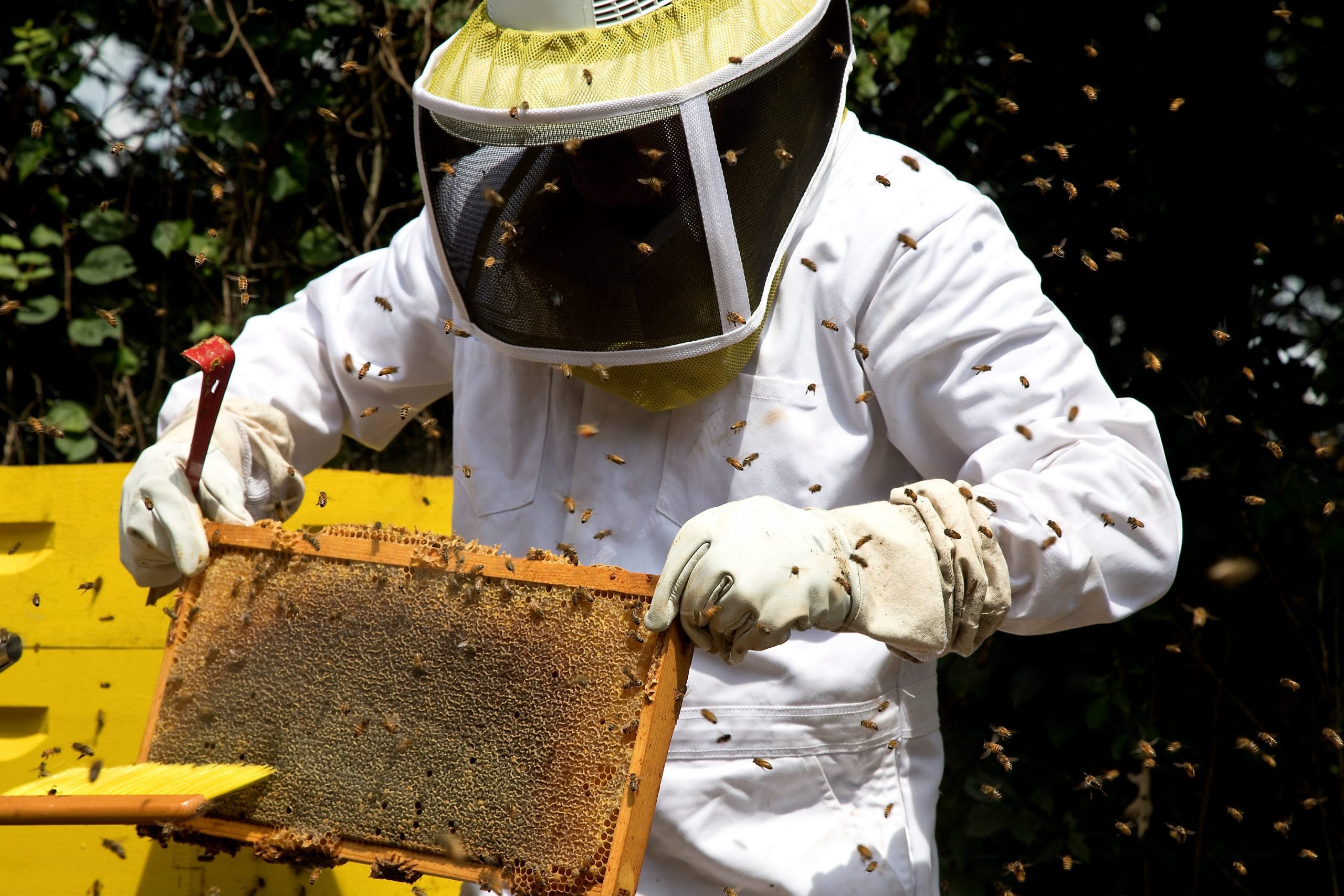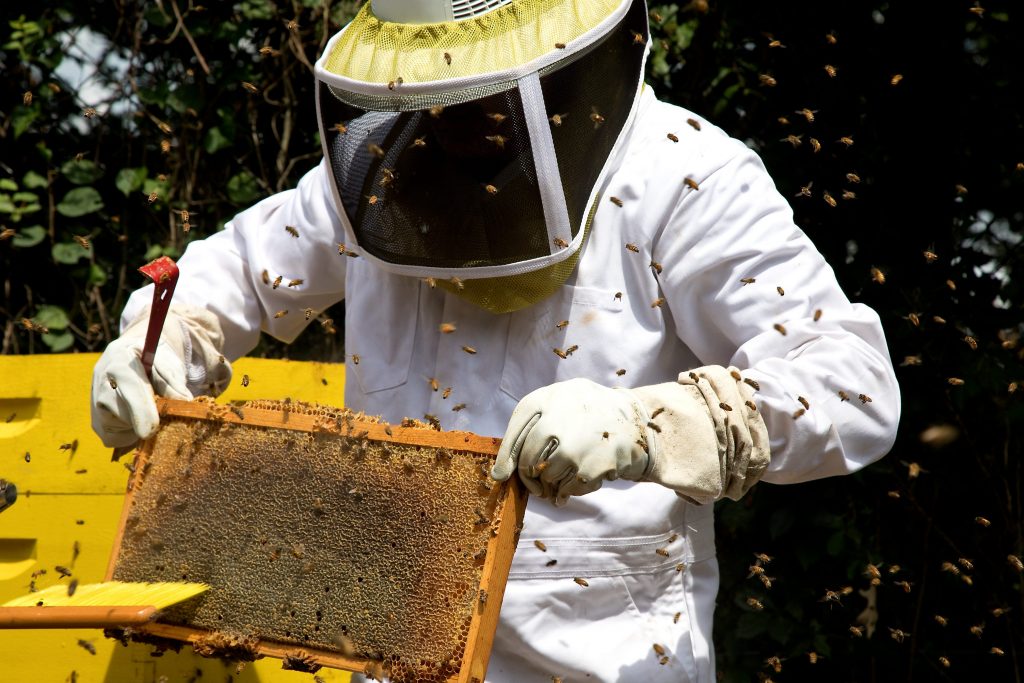
- A 45-year-old man in India had a stroke after getting stung by several bees.
- He showed up at the hospital with half of his limbs paralyzed and difficulty speaking.
- Bee stings rarely lead to stroke, but they can cause other complications for people at risk.
A farmer in India showed up at the hospital with partial paralysis and trouble speaking after getting stung by 15 to 20 bees, according to a case report published in the British Medical Journal.
It turns out the man was having a stroke, which is very rarely a complication of bee stings. Only a few similar cases have been reported around the world in recent years, including one woman in Scotland who died of a hemorrhagic stroke after a single sting.
Bee stings and other insect bites are especially common for people who work outdoors in warmer climates. Usually, a sting leaves a red welt and some temporary discomfort. But for people with allergies and other preexisting conditions, a bee sting can lead to a trip to the hospital.
A serious sting — or several stings — can cause swelling throughout the body, vomiting, diarrhea, trouble breathing, overactive blood clotting, rhabdomyolysis, or even kidney failure.
The doctors didn't note an allergy or any other conditions that would increase the risk of a reaction in the farmer's file. The 45-year-old man said his symptoms came on suddenly about six hours after his bee stings.
The man was conscious and alert when he arrived at the emergency department, but he had difficulty getting words out due to motor aphasia. He was unable to move his right arm or leg at all.
An MRI revealed dead tissue in the middle cerebral artery; the man had indeed had a stroke. It was too late to try to break up the blood clots blocking flow to the artery, so the doctors just administered steroids and antihistamines to treat the bee sting.
At a follow-up visit a month later, the man had regained a bit of muscle function in his limbs and his speech improved "significantly," the doctors noted. They referred him to another hospital for more brain imaging and a procedure to unblock the artery, but he refused further treatment.

